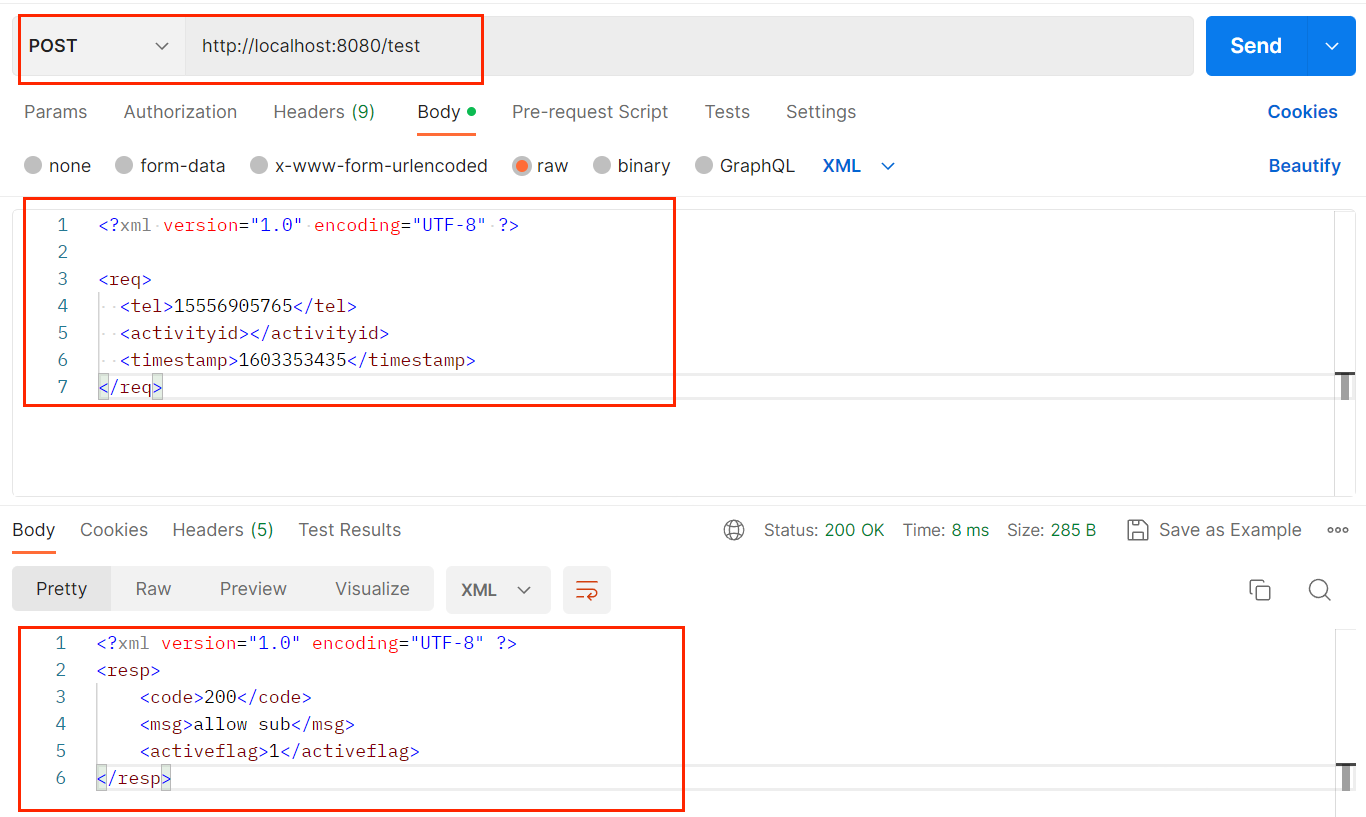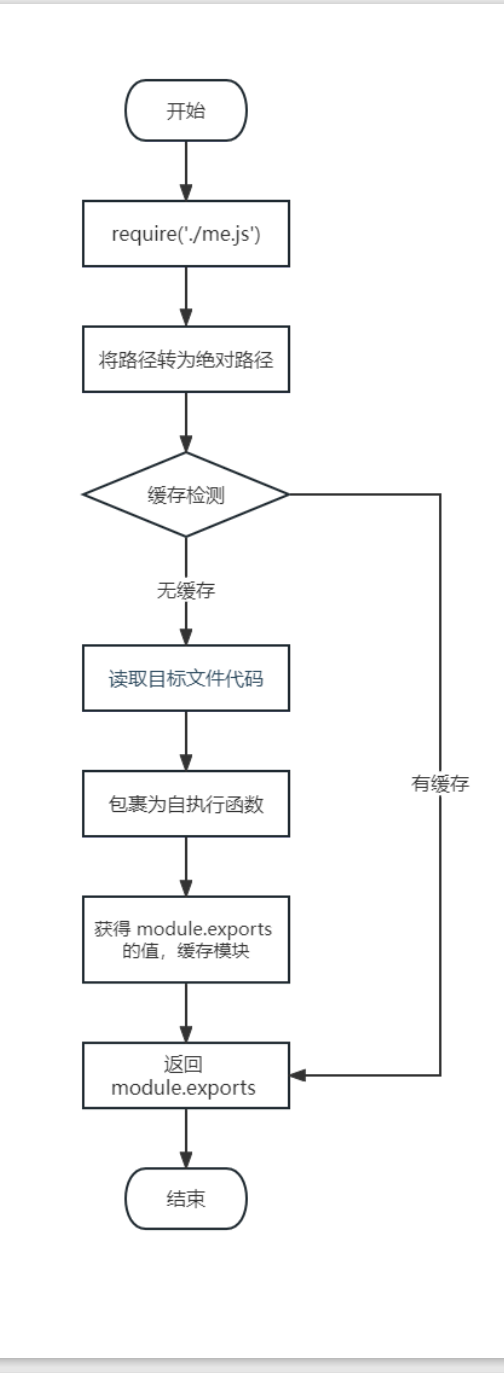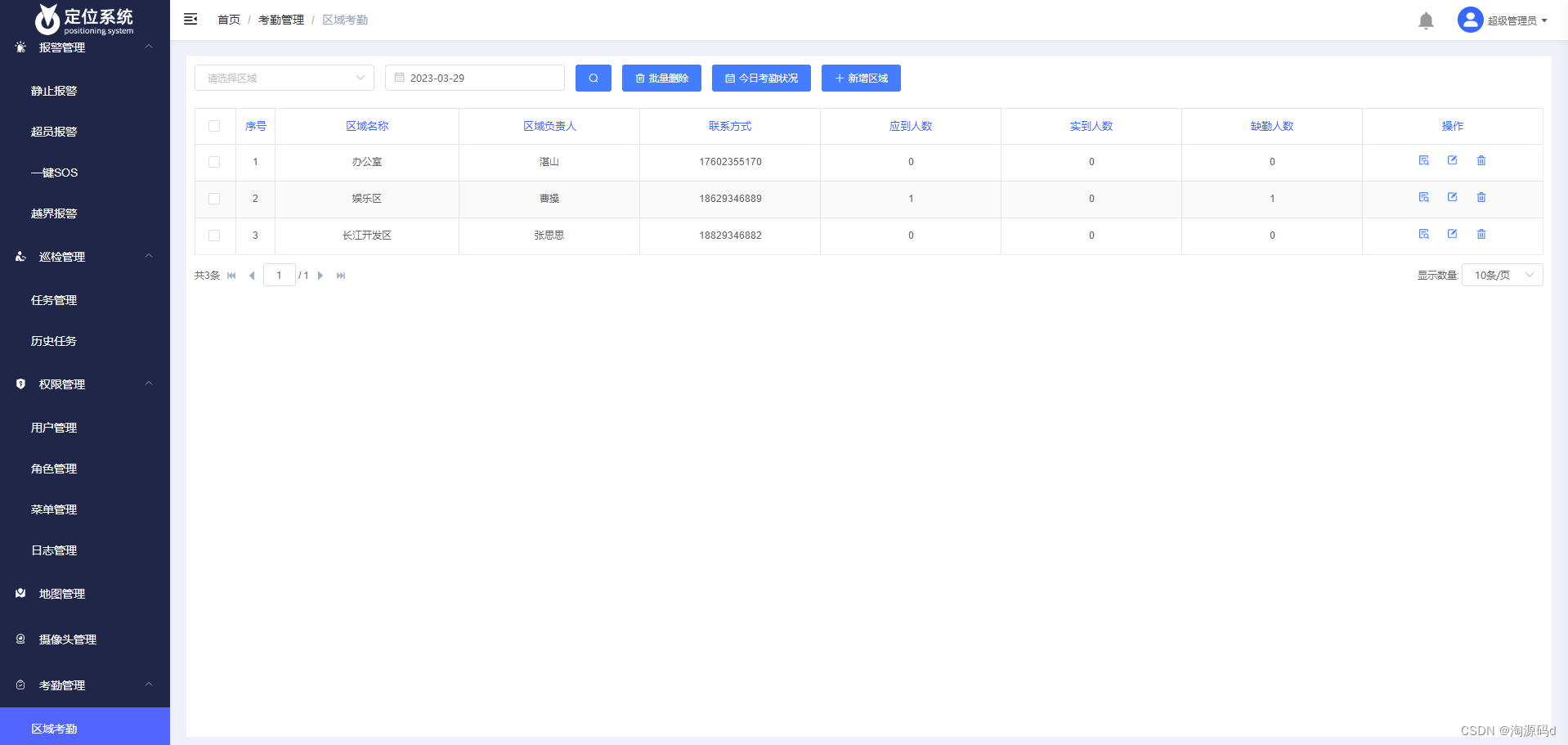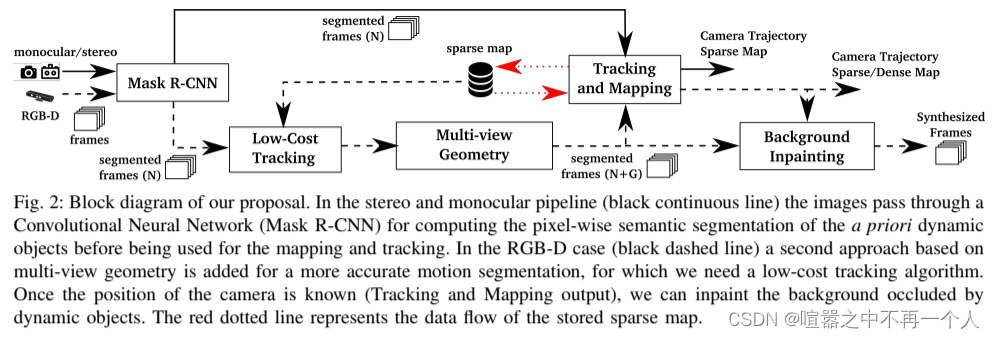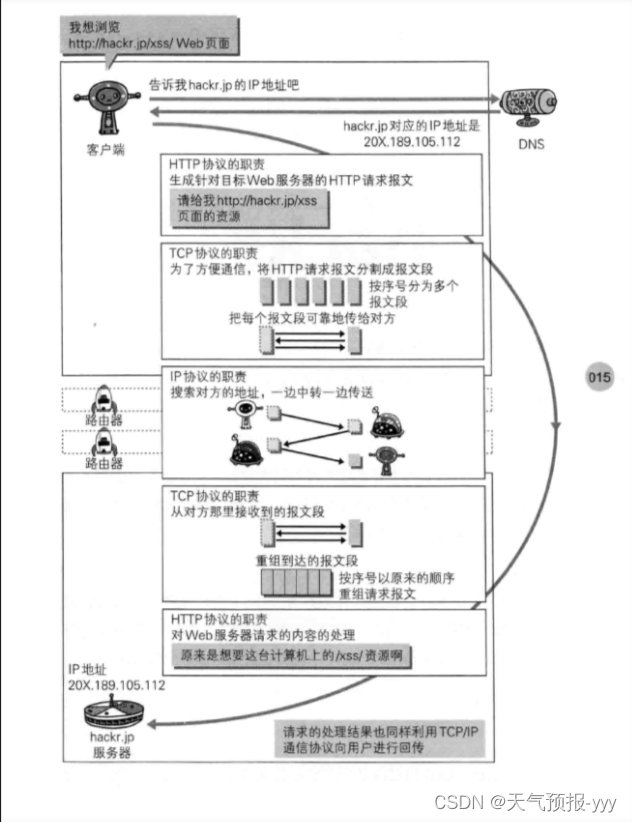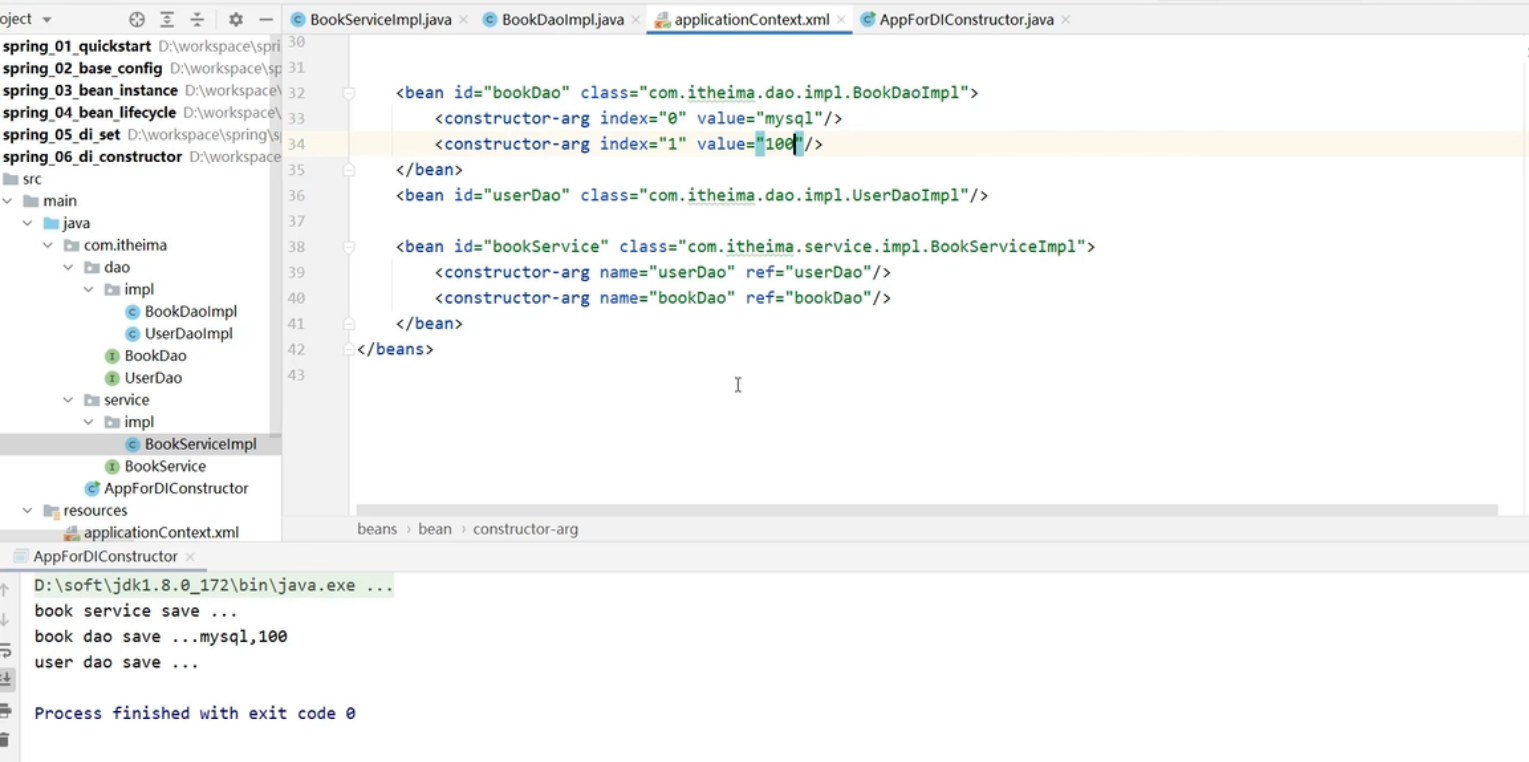这次继续分析filter表,不同与之前的分析方式,这次通过将内核中的数据打印出来,对比结构关系图来分析。这是本次分析涉及的几个数据结构:
struct xt_table {
struct list_head list;
/* What hooks you will enter on */
unsigned int valid_hooks;
/* Man behind the curtain... */
struct xt_table_info *private;
/* Set this to THIS_MODULE if you are a module, otherwise NULL */
struct module *me;
u_int8_t af; /* address/protocol family */
int priority; /* hook order */
/* called when table is needed in the given netns */
int (*table_init)(struct net *net);
/* A unique name... */
const char name[XT_TABLE_MAXNAMELEN];
};
struct xt_table_info {
/* Size per table */
unsigned int size;
/* Number of entries: FIXME. --RR */
unsigned int number;
/* Initial number of entries. Needed for module usage count */
unsigned int initial_entries;
/* Entry points and underflows */
unsigned int hook_entry[NF_INET_NUMHOOKS]; // hook_entry[NF_INET_LOCAL_IN]
unsigned int underflow[NF_INET_NUMHOOKS];
/*
* Number of user chains. Since tables cannot have loops, at most
* @stacksize jumps (number of user chains) can possibly be made.
*/
unsigned int stacksize;
void ***jumpstack;
unsigned char entries[0] __aligned(8);
};
依然用《netfilter filter表》 中的方法,打印内核中的数据,这次hello_open的代码如下:
static int hello_open(struct inode* inode, struct file*filep)
{
printk("hello_open\n");
struct task_struct *tsk = current;
struct net *net;
struct xt_table *xt_filter;
struct xt_table_info *filter_info;
const void* table_base;
int i = 0;
int local_in_hook_entry;
struct ipt_entry* ipt_entry;
struct nsproxy *nsprx = tsk->nsproxy; //命名空间
net = nsprx->net_ns;
xt_filter = net->ipv4.iptable_filter;
// 打印xt_table信息
printk("xt_table: af - %d\n", xt_filter->af);
printk("xt_table: name - %s\n", xt_filter->name);
printk("xt_table: valid_hooks - %d\n", xt_filter->valid_hooks);
printk("xt_table: priority - %d\n", xt_filter->priority);
filter_info = xt_filter->private;
if (NULL == filter_info)
{
printk("filter_info is null\n");
return 0;
}
printk("filter_info: size - %d\n", filter_info->size);
printk("filter_info: number - %d\n", filter_info->number); // 4?
printk("filter_info: initial_entries - %d\n", filter_info->initial_entries);
printk("filter_info: stacksize - %d\n", filter_info->stacksize);
table_base = filter_info->entries;
//local_in_hook_entry = filter_info->hook_entry[NF_INET_LOCAL_IN];
// 打印hook_entry数组
for (i = 0; i < NF_INET_NUMHOOKS; ++i)
{
printk("filter_info: hook_entry[%d] - %d\n", i, filter_info->hook_entry[i]);
}
for (i = 0; i < NF_INET_NUMHOOKS; ++i)
{
printk("filter_info: underflow[%d] - %d\n", i, filter_info->underflow[i]);
}
return 0;
}根据打印的内核日志,整理了下面的图:
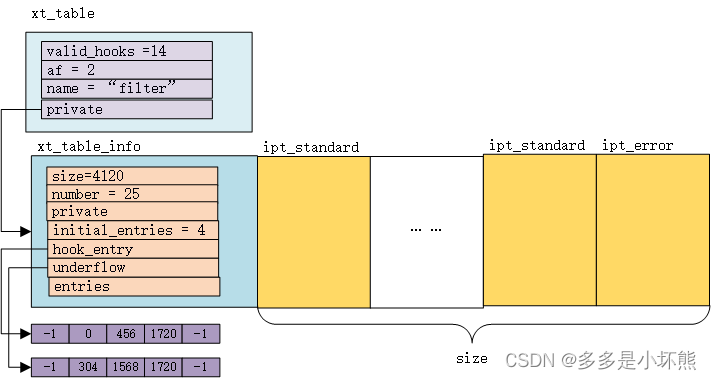
涉及的两个枚举类型:
enum {
NFPROTO_UNSPEC = 0,
NFPROTO_INET = 1,
NFPROTO_IPV4 = 2,
NFPROTO_ARP = 3,
NFPROTO_NETDEV = 5,
NFPROTO_BRIDGE = 7,
NFPROTO_IPV6 = 10,
NFPROTO_DECNET = 12,
NFPROTO_NUMPROTO,
};
enum nf_inet_hooks {
NF_INET_PRE_ROUTING,
NF_INET_LOCAL_IN,
NF_INET_FORWARD,
NF_INET_LOCAL_OUT,
NF_INET_POST_ROUTING,
NF_INET_NUMHOOKS
};
现在开始分析日志,其中以“#”开头或标蓝的为注释信息。
[ 3885.915747] hello_open
# 2对应的是NFPROTO_IPV4,将上面NFPROTO_IPV4的定义
[ 3885.915749] xt_table: af - 2
[ 3885.915749] xt_table: name - filter#14实际是:
#define FILTER_VALID_HOOKS ((1 << NF_INET_LOCAL_IN) | \
(1 << NF_INET_FORWARD) | \
(1 << NF_INET_LOCAL_OUT))
[ 3885.915750] xt_table: valid_hooks - 14
[ 3885.915751] xt_table: priority - 0#下面是xt_table_info信息
#xt_table_info后面,紧接着是4120大小的内存空间,存放ipt_standard和ipt_error
[ 3885.915751] filter_info: size - 4120#一共25个ipt_standard/ipt_error对象
[ 3885.915752] filter_info: number - 25
[ 3885.915752] filter_info: initial_entries - 4
[ 3885.915753] filter_info: stacksize - 5
[ 3885.915753] filter_info: hook_entry[0] - -1
[ 3885.915754] filter_info: hook_entry[1] - 0
[ 3885.915754] filter_info: hook_entry[2] - 456
[ 3885.915755] filter_info: hook_entry[3] - 1720
[ 3885.915755] filter_info: hook_entry[4] - -1
[ 3885.915756] filter_info: underflow[0] - -1
[ 3885.915756] filter_info: underflow[1] - 304
[ 3885.915757] filter_info: underflow[2] - 1568
[ 3885.915757] filter_info: underflow[3] - 1720
[ 3885.915758] filter_info: underflow[4] - -1
xt_table_info的hook_entry和underflow需要单独说一下。内核网络栈有5个钩子挂载点,hook_entry[0]和underflow[0]分别表示第一个挂载点在filter表中配置存放的起始位置和结束位置,以此类推。
filter_info: hook_entry[0] - -1
underflow[0] - -1
表示第一个挂载点,filter表不处理此挂载点的数据,那第一个挂载点是哪个呢?就是NF_INET_PRE_ROUTING,见enum nf_inet_hooks的定义。
hook_entry[1] - 0
underflow[1] - 304
同理,这个表示第2个挂载点(NF_INET_LOCAL_IN)在filter表中配置项的起始位置和结束位置。
可以参考前面的图,加深对上述的理解。
再看下本机filter表INPUT链的配置:
Chain INPUT (policy ACCEPT)
target prot opt source destination
DROP tcp -- 1.2.3.5 0.0.0.0/0
ACCEPT all -- 1.2.3.4 0.0.0.0/0INPUT链有两条配置,每个配置对应一个ipt_standard对象,每个ipt_standard对象大小为152字节。因此INPUT链配置存放的起始位置是0,结束位置是304。
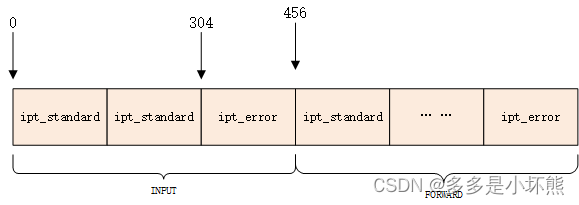
underflow[1] - 304
hook_entry[2] - 456
304和456,中间有152字节的内存,存放的是ipt_error对象。见上图。
hook_entry和 underflow存放的是配置项与xt_table_info的entries距离。
(void*)xt_table_info.entries + xt_table_info. hook_entry[1],得到的是INPUT链第一条配置(ipt_standard)的位置。
(void*)xt_table_info.entries + xt_table_info. hook_entry[2],得到的是FORWARD链第一条配置(ipt_standard)的位置。
下一篇将分析ipt_standard。
